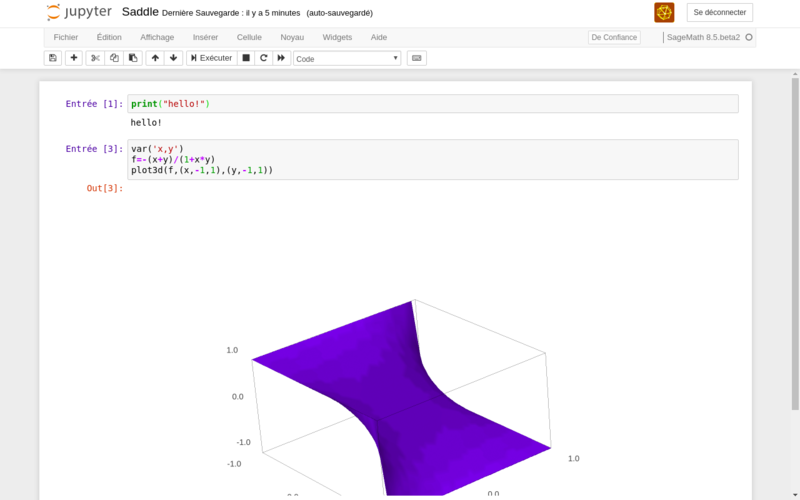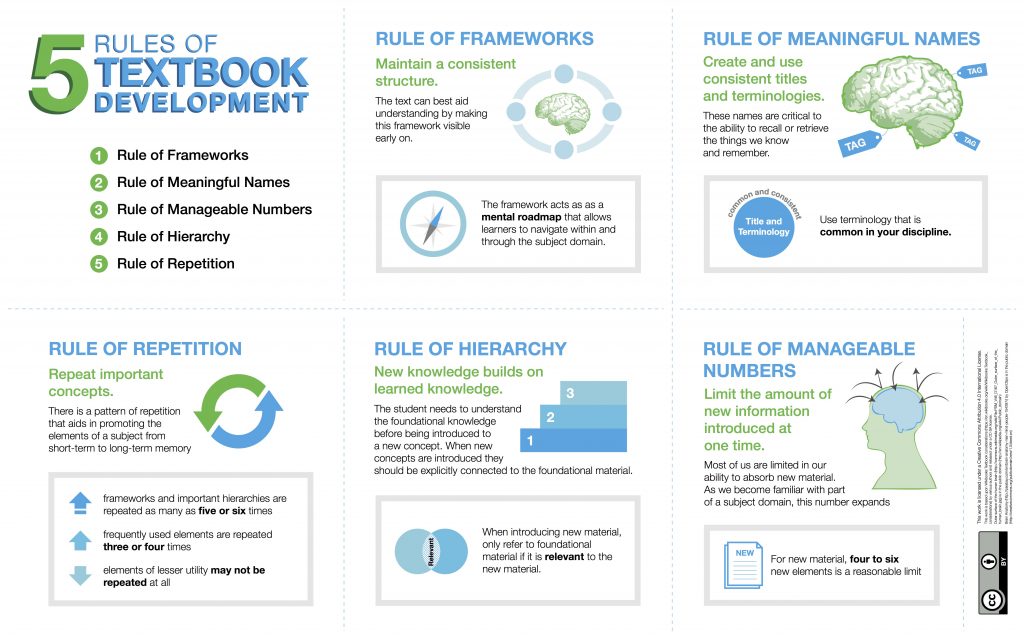Tools and Techniques for Creating OER
Note: As technologies shift and change, we will attempt to update the tools listed. Please be aware that licensing/access for non-UVA tools may change without warning.
Attribution: “Creating Open Educational Resources: Tips for New Creators” by Abbey Elder is licensed CC BY 4.0.
Recommended Resource
For a comprehensive authoring reference, we recommend Authoring Open Textbooks by Melissa Falldin and Karen Lauritsen.
Consider your Tools
Most educational resources today are “born digital,” meaning they are digital files before they are put into print or any other format. There is a wide variety of software and platforms available to assist with creating or editing digital content that can be used as OER, but it can be confusing to decide on which platform to use.[1]
Low Tech
The simplest way to create educational resources is by using familiar word processing tools such as Microsoft Word, Google Docs, or Libre Office. This software includes most of the features needed for standard content, and the file can be easily exported as a PDF or printed. Additional low-tech options include:
- LibreOffice Draw: Draw lets you produce anything from a quick sketch to a complex plan, and gives you the means to communicate with graphics and diagrams. Draw is an excellent package for producing technical drawings and other visual examples.
- InkScape: An open source application that creates and edits PDFs and also works as a vector drawing and graphics tool. A better option for PDF editing if your document is image-heavy.
Medium Tech
Another common way to create or edit educational resources is to create a website or hosted resource. This could be in the form of a blog, a static website, or a wiki. WordPress can be a great tool for these sorts of medium-tech projects.
Check Your Understanding
Think about ways you could use Low- or Medium-Tech resources in your class. Is there a Medium-tech resource you’re already using in your classes? Could you create and disseminate OER easily using that software, or do you need additional training to feel confident?
Look around your campus and see if there are workshops available on the software you want to learn.
Additional medium-tech options include:
- Pressbooks: Pressbooks is a simple book formatting software. The University of Virginia offers its own Pressbooks instance.
For those wishing to create material in Pressbooks, we recommend bookmarking and using the Pressbooks User Guide. - Gnu Image Manipulation Program (GIMP): GIMP is an open source, cross-platform image editor available for GNU/Linux, OS X, Windows, and other operating systems.
- OER Commons Open Author: Open Author helps you build Open Educational Resources, lesson plans, and courses to share openly on the OER Commons platform.
High Tech
There are a number of platforms that provide professional tools for authoring content, and some are very easy to use. A common tool used by OER projects is PressBooks (in which this text is published), a publishing software that makes it easy to produce interactive e-books and other text-based content. Other tools, like Jupyter Notebooks, may take time to master and require special expertise.

Additional high-tech options include:
- GitBook: Created by GitHub, this open source tool allows you to create a book hosted on the GitHub platform. You can create your book in Markdown, add images and embed content from the Internet.
- Bookdown: The bookdown package is an open-source R package that facilitates writing books and long-form articles/reports with R Markdown.
- Jupyter Notebook: Jupyter Notebook is an open-source web application that allows you to create and share documents that contain live code, equations, visualizations and narrative text.
Be aware that some authoring platforms on the market include restrictions on how the final product can be published or shared. Before beginning, it is important to make sure you understand the terms of use and whether you will be able to move your work to a different platform if you choose.
Documents for OER Project Planning
As you are working in the pre-production and design stages of OER project planning, you may find the following planning documents helpful.
If you are creating an OER textbook for use in your courses, consider the five rules of textbook development in your planning and production phases.

- Attribution: This chapter was adapted from the SPARC Open Education Primer created by the SPARC Open Education Leadership Program, licensed CC BY 4.0. ↵

